The techniques used are probably familiar to watchers of current TV crime series as the reconstruction methods are similar. Using traditiional techniques to determine the age and sex by studying the bones, they then scanned the skulls and made copies after which the copies were studied minutely and any unusual features were noted. Nasal bones, profiles, nasal spines and bony protrobances, all make a difference to the finished ppearance of a person's face.

The Mary Rose Museum - Forensic Science Brings the Past to Life
by Maritravel
Pioneering archaeological and conservation techniques led to the reconstruction of the faces of 9 of the 179 individuals whose skeletal remains were discovered in the Mary Rose.
Method of Reconstruction
The exact science involved in reconstructing the faces of the crew that can be seen in the illustrations accompanying this article, involved painstaking work measuring lips, nasal aperture and the nasal spine from which calculations were made that yielded the approximate nose length, the pitch of the nose and the muscles of the face. Tissues were built up to within one milliimetre of the markers earlier set in the clay. Eventually clay was added until the tissue markers were covered and then characteristics i.e. wrinkles, hair and suchlike were added. Ears are difficult to reproduce so mostly these are based on the sculptors' feel of the face and hair, eye colour and skin tone were largely determined by reference to an early coloured engraving.
By such delicate means were reconstructed the faces we now have, faces that enhance the human story of the people on the Mary Rose, from the gunner to the bosun, cook to carpenter. They even managed to reconstruct the ship's dog, Patch, one of the most popular exhibits in the Museum.
The Royal Archer
A collaboration between Swansea University and the Mary Rose led to further discoveries about the archers of Henry VIII's army, the elite athletes of the day. Current scientific methodology as used in sports science allied to cutting edge technology as well as more traditional sports science techniques were used to identify professional medieval archers from their skeletal remains.
A complimentary study was underaken at the same time to gain an insight into drawing and loosing a traditional English/Welsh longbow, encompassing drawings, sketches, 3-D motion capture technology and measurement of bones.
Now encased in one of the display cabinets in the Mary Rose museum can be seen the nearly complete skelton of an archer together with a reconstruction of what he may have looked like. He was a tall man, about 5 foot 10 inches in height and the conditiion of his bones left no doubt that he was indeed, one of the archers.
DNA and the Mary Rose
The human remains found aboard the Mary Rose are so remarkable that it was decided to investigate further the potential for extracting human DNA. In 1990 pig DNA was isolated from a pig bone which had been carried as part of the ship's foodstuffs, the first time that a genuine survival of DNA had been recovered from an archaeological specimen. More recently, human DNA has been extracted and work is ongoing on the human bones available.
What has been salvaged from the Mary Rose is more than just artefacts: what is on offer is an insight into 16th century life such as has never been seen before. For academics and historians the finds are tremendously exciting, but for the visitors who just want to come and marvel, the Mary Rose is a window into a different world. As the opening slogan had it. When their world ended, ours began ................
You might also like
England Under the Tudors: Would King Edward VI Have Been a Goo...Edward VI reigned between 1547 and 1553 when he was just a boy. It's hard to ...
Lady Jane Boleyn: Vindictive Woman or Pawn in a Plot?Jane Boleyn is known for her part in bringing down the Boleyn faction. How mu...
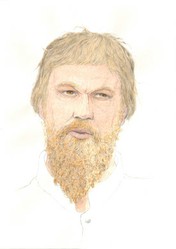

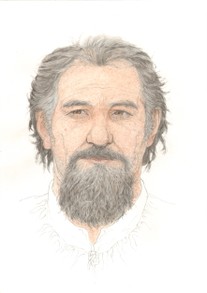
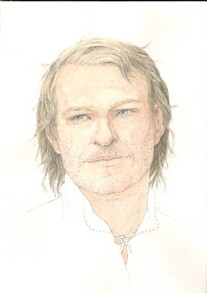
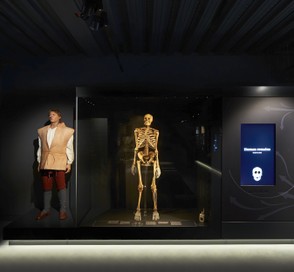




 The Alternative Picture Galleryon 04/20/2016
The Alternative Picture Galleryon 04/20/2016
 ROME - Where the Past Comes to Lifeon 03/26/2016
ROME - Where the Past Comes to Lifeon 03/26/2016
 Only in London - New Unique Guideon 01/25/2016
Only in London - New Unique Guideon 01/25/2016
 Manna, from Sicily, not from Heavenon 01/08/2016
Manna, from Sicily, not from Heavenon 01/08/2016
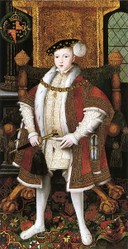
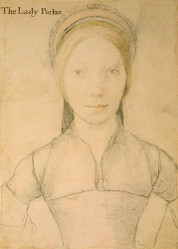
Comments
Yes, it really does add another dimension - especially the dog!
Very interesting! Certainly adds a dimension to the history, and makes it easy to relate to the story.
Thanks for the comments. Wish you could all see it, my text doesn't do justice to the place. I would need to write a book to get all the information across to you!
I loved this article. The people seem to come alive with this new DNA analysis and you feel sympathy for what happened to them, even more than usual.
Impressive! Technology has a lot to offer in thede disciplines and the outcome is always fascinating. Like opening a window into the past.